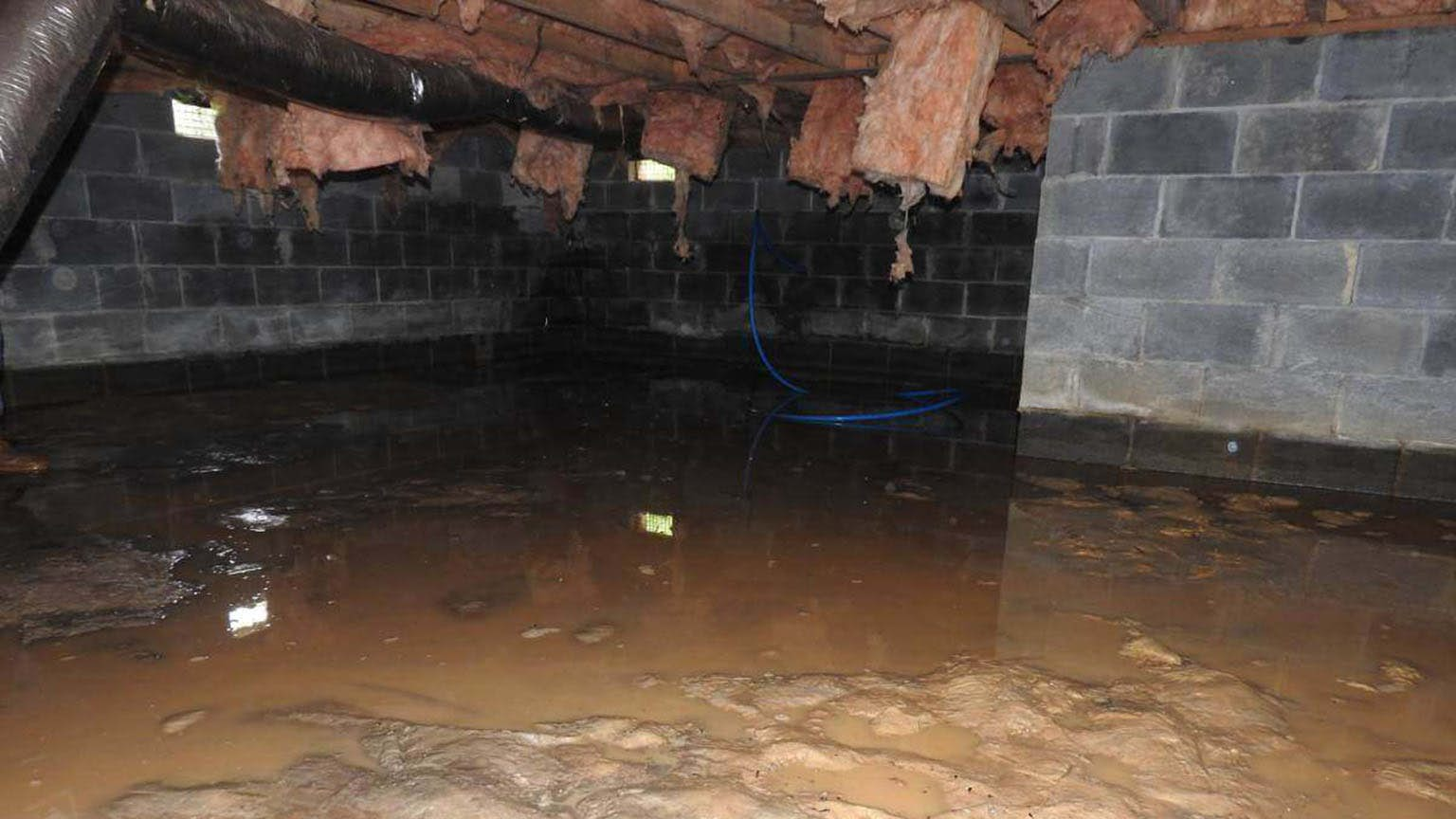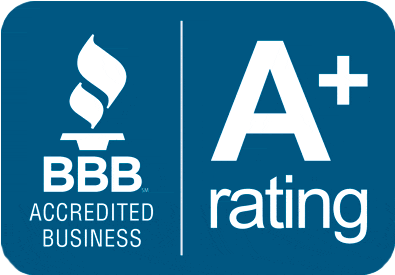Crawl Space Problem Signs
Water in Crawl Space

At ’58 Foundations & Waterproofing, we're experts in identifying the early warning signs of water in your crawl space, understanding their root causes, and recommending effective repair solutions, all backed with a warranty for your peace of mind.
Honest & Fair Pricing
Life of the Structure Warranty
Money Back Guarantee
Over 66 Years of Expertise



Crawl spaces offer homeowners a distinctive array of advantages, from expanded storage possibilities to enhanced insulation and improved ventilation. However, these benefits can be offset by a potential vulnerability to water-related issues. Thus, it becomes crucial to be attuned to the telltale signs that hint at water presence within your crawl space.
One unmistakable indicator of water infiltration is an unwelcome aroma. Standing in proximity to the area, you might detect an unusual musty or damp scent, often stemming from the proliferation of mold, mildew, and other microorganisms that thrive in moist environments.
Another hint of crawl space water woes emerges when door and window frames exhibit warping or looseness due to excess moisture. Furthermore, the appearance of condensation on heating and cooling ducts could signal the infiltration of water into your crawl space.
Visual Clues for Detecting Moisture or Seepage
However, reliance solely on visual cues might be insufficient. To comprehensively examine your crawl space for potential water-related issues, enlisting the expertise of ’58 Foundations & Waterproofing is strongly recommended. As certified waterproofing specialists, we possess the knowledge and skills to proficiently assess and rectify any identified concerns.
Having addressed visible indications of moisture or seepage within your crawl space, the focus shifts to the enduring impact of prolonged humidity exposure on your home, most notably, the emergence of mold growth symptoms.
Escalating humidity levels and dampness stand as primary indicators of water accumulation within a crawl space. Excessive moisture in this confined area can spawn mold and mildew, triggering pungent odors and respiratory irritations for occupants. Subpar indoor air quality, stemming from elevated humidity levels in the crawl space, heightens the susceptibility to health issues linked to air quality, including allergies, asthma, and respiratory problems.
Indicators of Mold Development in the Crawl Space
Detecting the symptoms of mold growth in a crawl space might not always be instantly evident. This holds particularly true if mold has taken root for an extended duration and spread unchecked. When ascertaining the presence of mold in a given space, consider both visual cues and olfactory cues (smell).
Visually, mold varies in color, texture, and appearance - from fuzzy patches to what may resemble soot-like streaks. Employing tests and samples can facilitate identification of the specific type of fungus present.
Additional visual markers of mold growth include:
- Discoloration on walls and floors.
- Peeling paint.
- Formation of condensation on pipes and windows.
- Droplets of water on insulation.
- Dark spots on construction materials.
On one hand, maintaining a constant vigil for potential mold growth within your crawl space might appear overly cautious. On the other hand, allowing fungi to flourish undetected over an extended period could lead to severe health issues for both occupants and pets, underscoring the urgency of proactive measures to preclude potential problems down the line.
Transitioning from mold awareness, let’s delve into how water in crawl spaces can impact the structural integrity of your dwelling and provide an entryway for unwanted guests and pests.
Foundation Damage Due to Inadequate Moisture Control
Neglected water management within a crawl space can inflict harm on your home’s structural framework and entry points. Excessive moisture is liable to foster wood decay and compromise the integrity of the structure. This may give rise to foundational concerns, including shifts or cracks due to prolonged water exposure.
Moreover, wood-devouring organisms like termites, carpenter ants, and other insects are drawn to damp environments that can become conducive to infestations. Furthermore, inappropriate moisture levels create an inviting environment for the growth of mold and mildew, with potential repercussions for health and property valuations.
In summation, homeowners should maintain a vigilant eye on crawl space water levels due to their potential implications for structural longevity. While upholding suitable moisture levels in accordance with the unique environmental conditions of your home, such as prevailing climate patterns, is pivotal, prompt preventive measures must be undertaken if water infiltration occurs. This proactive stance is integral to averting building damage, thus mitigating the need for costly repairs or extensive renovations in the long run.
Struggling with Crawl Space Issues?
Join over a million homeowners who've trusted our award-winning services. Request your free estimate and experience the difference.